7 best plants to grow on a balcony
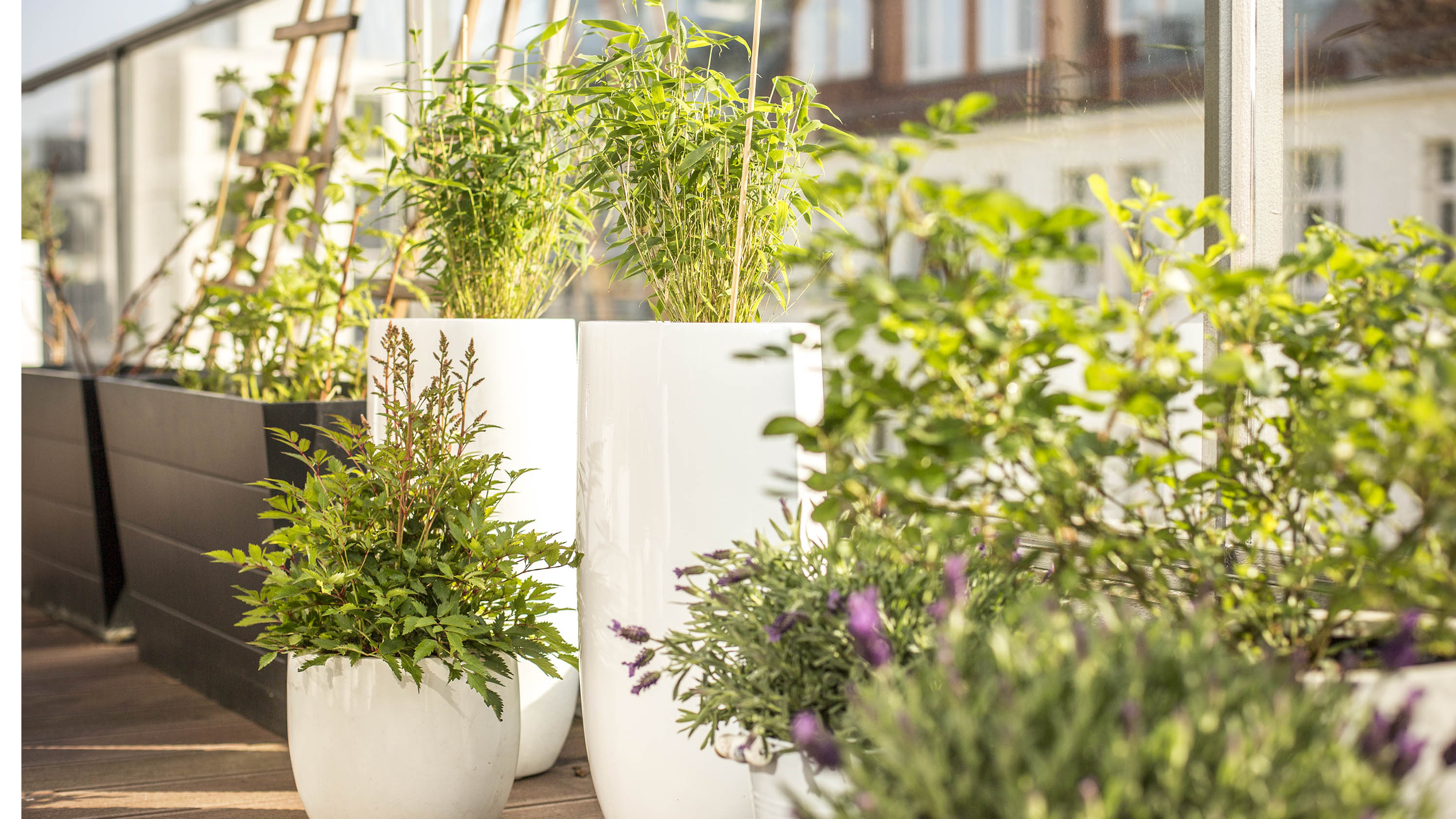
If you’re a city dweller and living in an apartment, a major downside is the lack of a backyard or garden. However, if your apartment happens to have a balcony, you can still put it to great use.
There are certain plants that you can easily grow in pots or planters on a balcony that are low-maintenance, and would instantly spruce up your space. From tasty fruit to bright houseplants, you can create your own mini garden. What’s more, you can save money on grocery bills by growing your own vegetables.
Before you begin your balcony garden though, there are some things to keep in mind. First, consider the weight of your potted plants, and whether your balcony can take them. If possible, swap out heavier, terracotta pots for lighter plastic or resin planters. Also, how exposed are your plants to the elements? In windy conditions, it’s best to create some shelter in the form of windscreens, or select plants that can cope well in high winds.
More importantly, consider light levels, as it’s recommended you should aim to give balcony plants six hours of sunlight a day. If your balcony isn’t sun-facing, consider shade-loving plants to suit your space.
So, if you want to create your own balcony garden, here are the 7 best plants to grow on a balcony.
Also, if you lack outdoor space, here are 10 vegetables you can grow in pots. Plus, here are 7 best vegetables to grow indoors. Just beware of these 7 mistakes to avoid when growing vegetables.
1. Tomatoes
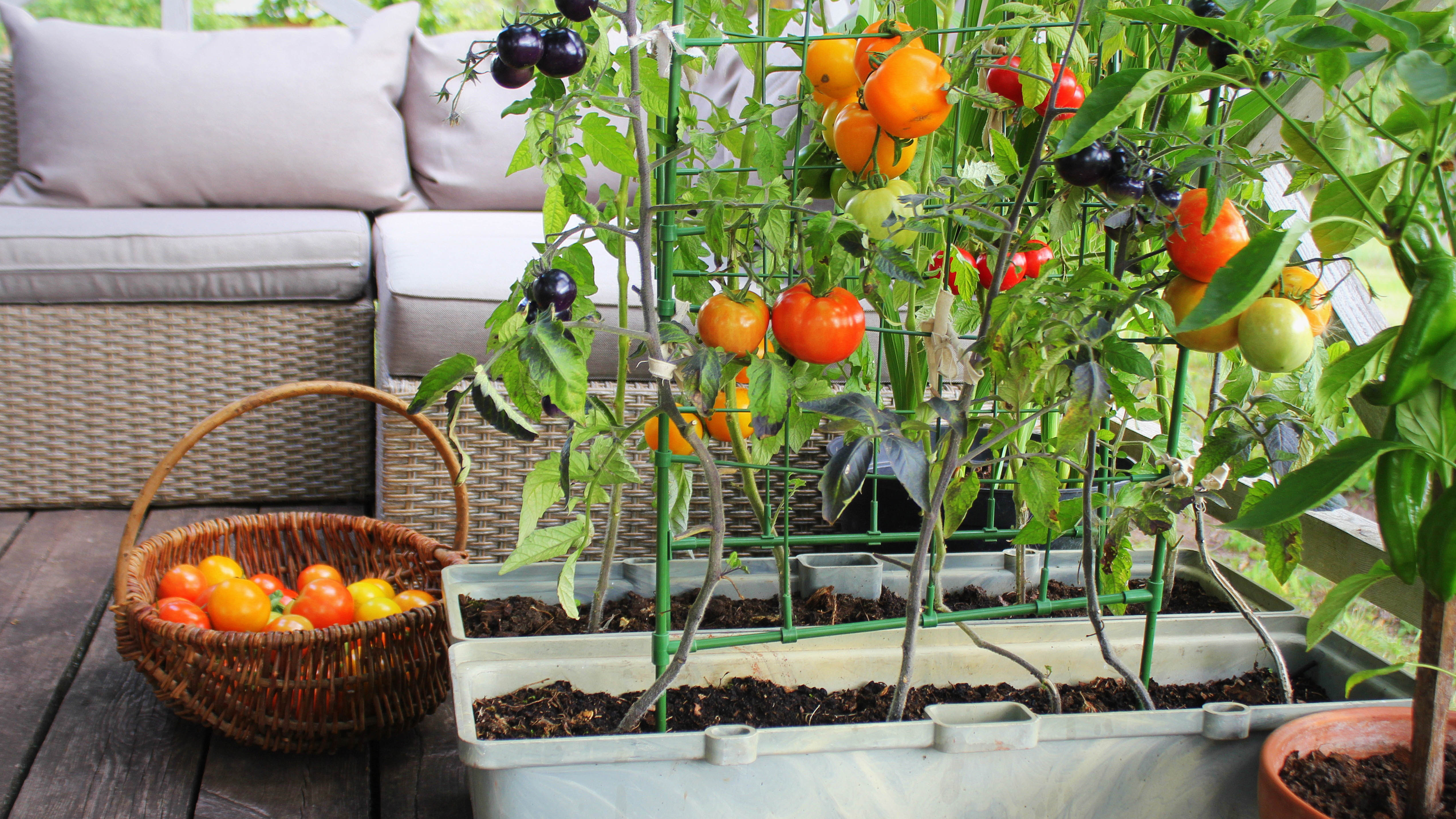
Cherry tomatoes are a popular, homegrown vegetable, and simple to grow. You can easily learn how to grow tomatoes from seeds, or how to grow tomatoes in pots. Alternatively, you can buy ready-grown plants and pot each plant up in a 25cm diameter pot with peat-free compost.
Get instant access to breaking news, the hottest reviews, great deals and helpful tips.
Depending on the variety, tomatoes take 25 to 60 days to form fruits after flowering. Bear in mind that tomato plants can grow in abundance, so it’s best to add support to keep your tomatoes well centered and in place to grow vertically. This can be done by placing a long stake right next to the stem and tied securely with a piece of plant wire or twine.
Experts recommend shorter tomato varieties such as Balconi Yellow and Tumbling Tom, which are ideal for growing in pots on a balcony. For more guidance, check out how often should you water tomato plants and when should you do it.
2. Herbs
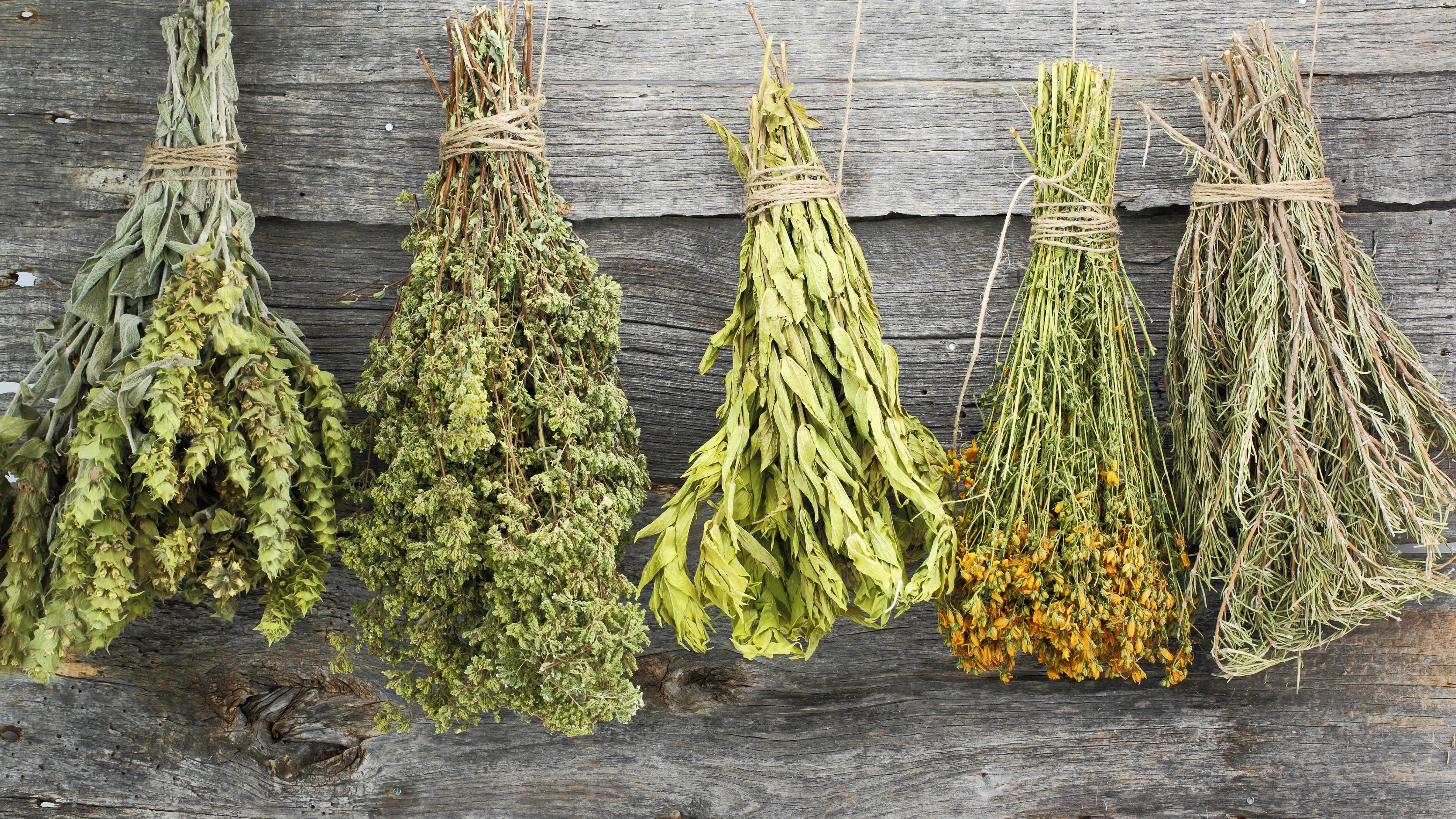
If you enjoy aromatic herbs, you can easily grow your own on balconies. In particular, rosemary is great for growing in a pot as it thrives in dry, nutrient-poor soils, and also low-maintenance. Other hardy varieties include thyme, basil, mint and coriander, that can grow in abundance.
While most herbs can be started from seed at home, you can also shop-buy and repot. You just need potting soil and some pots to plant them in, and place in a sunny area on the balcony. Most herbs will only require watering once a week, and twice a week in the warm, summer months. .Just avoid overwatering herbs or they could die, and avoid planting them too close together.
3. Bulbs
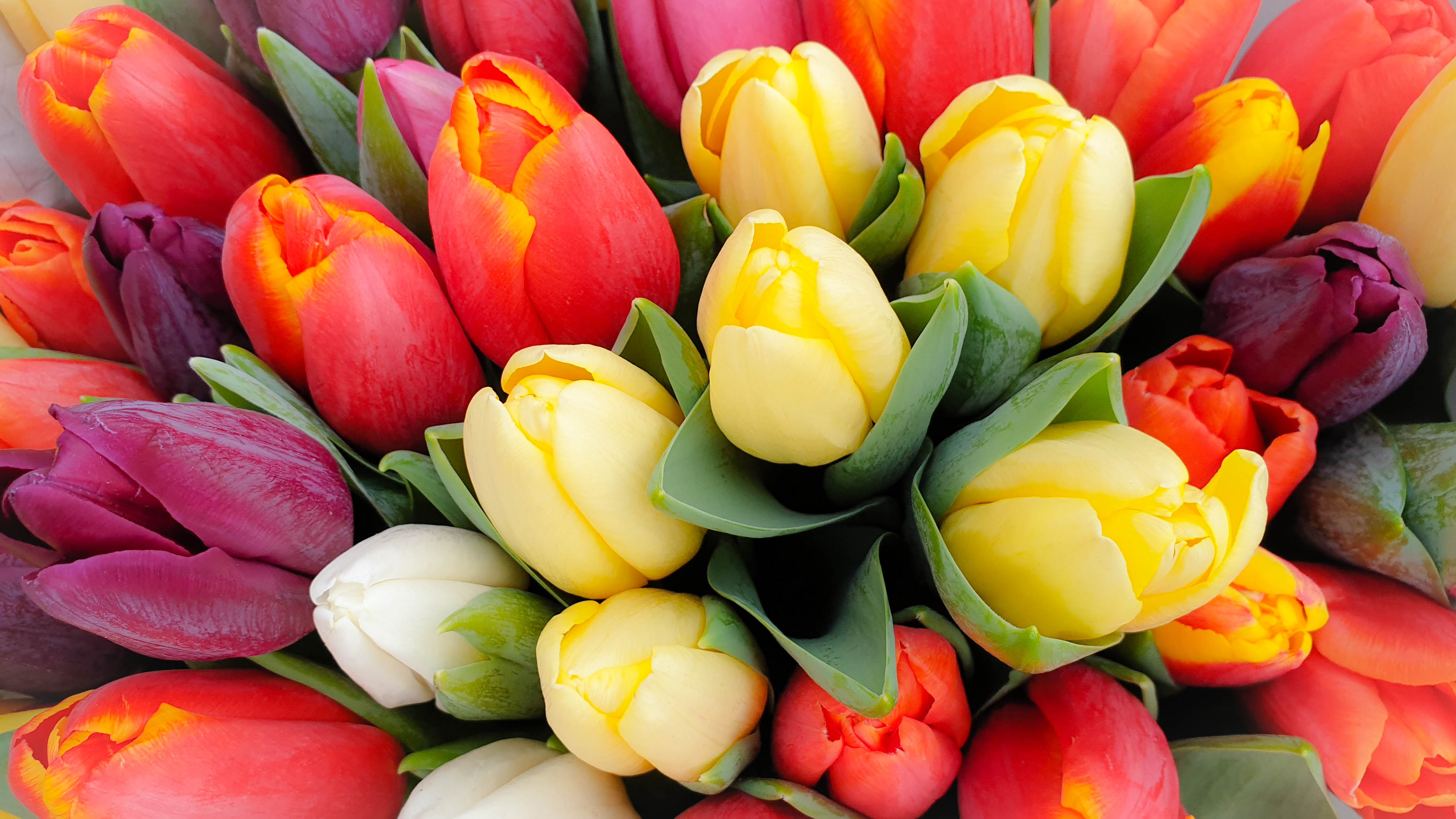
If you want to add vibrant color to your balcony, you can easily grow bulbs in pots. Popular bulbs include tulips, daffodils and hyacinths — which won’t bear a large running root.
If you want to plant tulip bulbs, simply fill half a pot or container with peat-free, multi-purpose compost, before planting at three times their depth. Leave a few centimetres between each bulb and top up with compost. In addition, tulips require very little water, and can get by with watering once a week. During warmer weather, you can increase this to twice a week, but avoid overwatering.
4. Strawberries
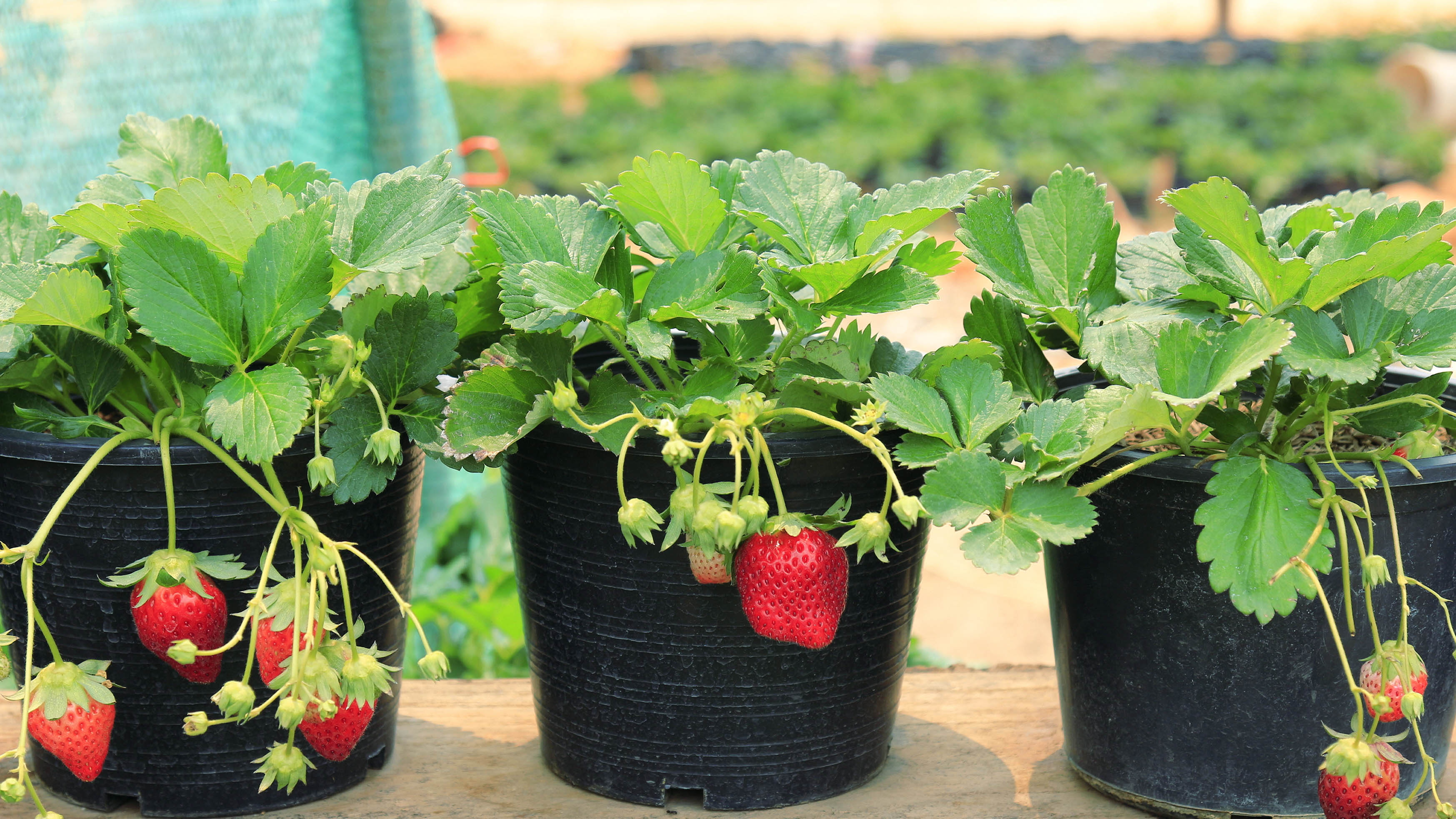
Nothing beats the taste of fresh strawberries, and if you want instant pickings to enjoy, you can learn how to grow strawberries right on your balcony. If you don't want to grow from seeds, you can always transplant a seedling.
Simply fill a large container with soil, ensuring there are holes at the bottom for the soil to drain properly. Then, gently remove the strawberry plant from its original container by loosening the soil around the roots with your fingers. Place the plant into the prepared pot before covering the tops of the roots with soil. This should leave the crown of the plant above the soil.
Water plants well, and place them in a sunny spot on your balcony. Ideally, strawberries need 6 to 10 hours of sunlight a day; however, when it gets cooler, you can bring the pots inside, as long as they are near a sunny windowsill.
If you have a compact space, you can grow these in strawberry urns or towers, much like these Mr. Stacky 5-Tier Strawberry Planter Pot ($29, Amazon), for vertical stacking. Alternatively, you can opt for hanging flowerpots, window boxes or even decorative baskets to save space.
5. Japanese maple
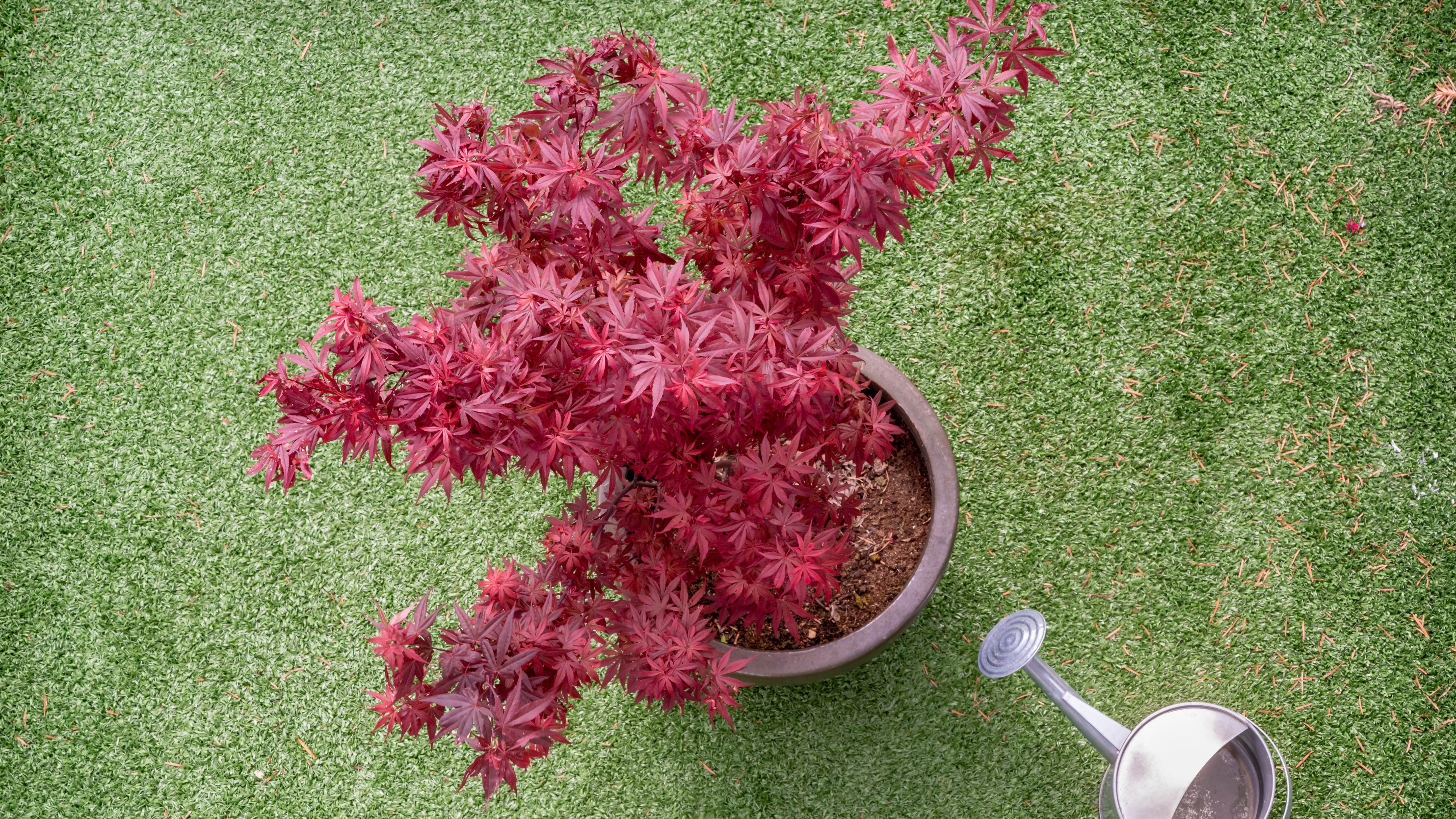
Known for their vibrant, red leaves, the Japanese maple grows best on shady balconies. Before planting in a pot, make sure it has sufficient drainage holes, as their shallow roots require plenty of oxygen. Next, half fill your pot with a good quality compost before placing your maple in the centre of the pot. Then fill around the maple with the remaining compost, before watering well.
Although Japanese maples are hardy, keep them away from strong winds, and direct sunlight as the bright rays could scorch their leaves. Maples need regular watering during their first year to help them become established, and once a day during summer months. Another thing to note is these plants are usually dormant from November to January, so experts recommend pruning foliage at this time.
6. Verbena

These purple clusters of flowers make a striking choice for a balcony garden. Since it’s drought-tolerant, this flower works well in full sunlight, and with good drainage. Typically, this flowering plant needs between 8 to 10 hours of light daily, and only needs watering once a week. But it’s best to check the soil beforehand, and water when the top few inches are dry to the touch.
These look great in planters or in window boxes, and even more a stunning, trailing plant. What’s more, if well-looked-after, verbena can grow up to 3 feet tall, and come in a variety of bold colors including red, pink, white and blue.
7. Lavender

With its bluish-violet flowers and fragrant aroma, lavender makes great balcony plants. Not only are they hardy and low-maintenance, but also add a splash of color to your outdoor space.
Lavender can be grown from cuttings or by seed, and generally easy to care for. Providing it has plenty of sunlight, very little water and good draining, lavender can grow lush. While they are drought-tolerant, they may not handle freezing temperatures so well. In which case, it’s best to bring them indoors or move them to a sheltered spot.
Best of all, lavender is also known for its calming, relaxing properties, and can even help you sleep at night. If fragrance is important to you, you might also be interested in 7 indoor plants that will make you house smell nicer.
Other low-maintenance balcony plants
- Jasmine
- Begonia
- Fuchsia
- Succulents and cacti
- Pansies
- Sweet Alyssum
- Rubber trees
If you're new to the world of growing food, check out the 9 easiest vegetables to grow for beginners and see our guide on how to plant potatoes and when to do it. If you want a home project, you should also check out how to grow an avocado tree from a seed.
If you're also interested in indoor plants, check out our guide on how to care for succulents and how to repot succulents. Plus. here's when should you replace mulch — and why it's essential.

As the Homes Content Editor, Cynthia Lawrence covers all things homes, interior decorating, and garden-related. She has a wealth of editorial experience testing the latest, ‘must-have’ home appliances, writing buying guides and the handy ‘how to’ features.
Her work has been published in various titles including, T3, Top Ten Reviews, Ideal Home, Real Homes, Livingetc. and House Beautiful, amongst many.
With a rather unhealthy obsession for all things homes and interiors, she also has an interior design blog for style inspiration and savvy storage solutions (get rid of that clutter!). When she’s not testing cool products, she’ll be searching online for more decor ideas to spruce up her family home or looking for a great bargain!
